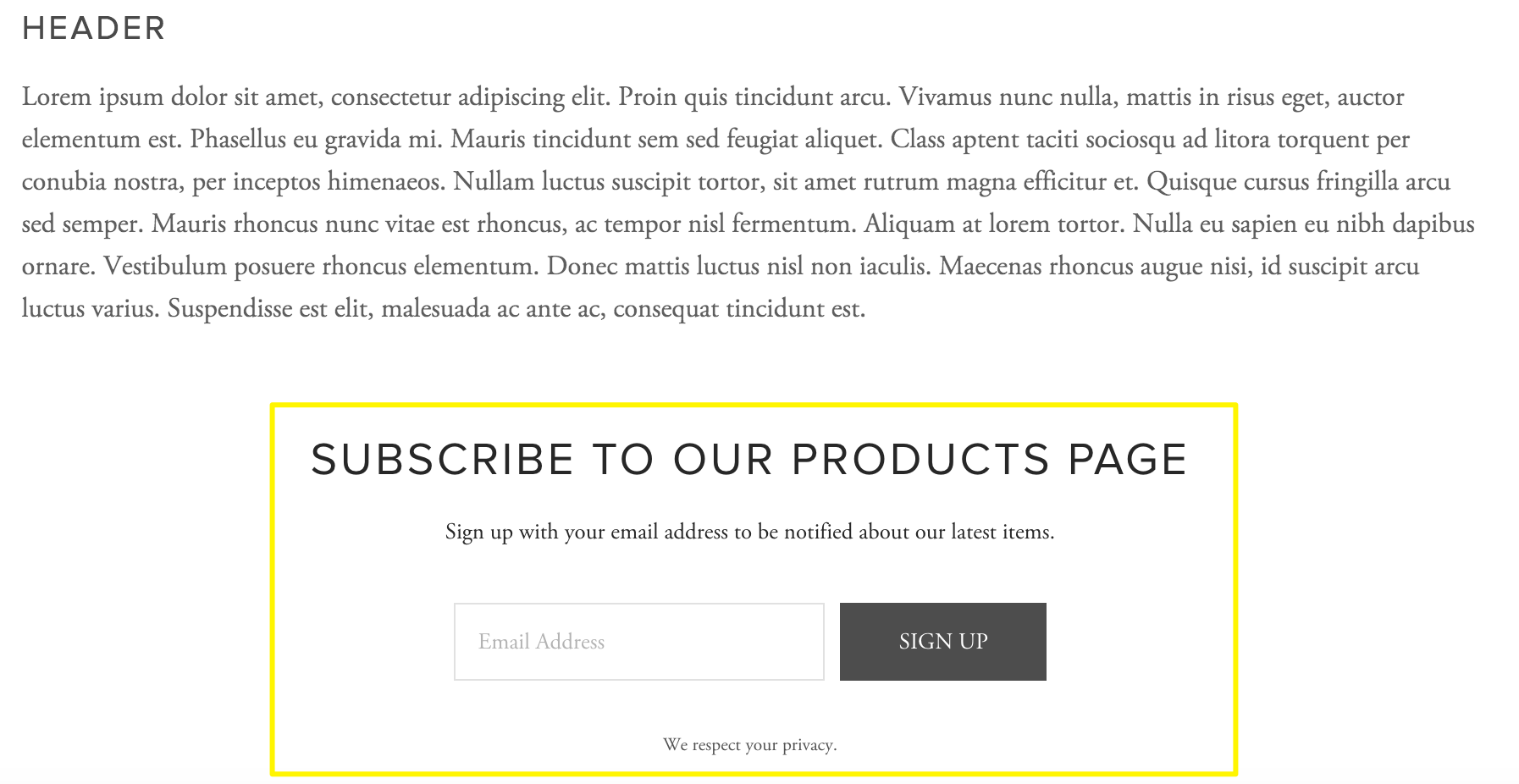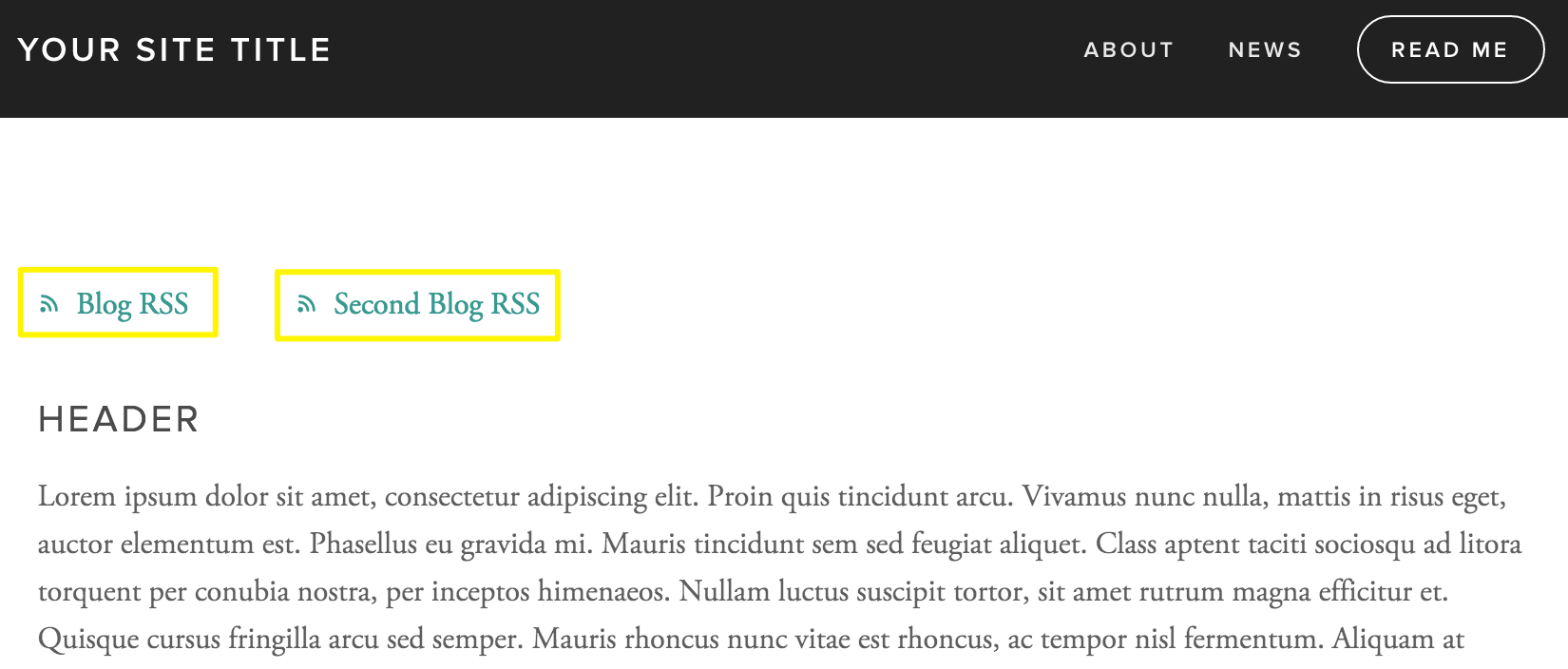
Report Your Website's Malware - Essential Guide for RSS Feed Security
RSS feeds provide a way to automatically access and distribute content updates from websites. These feeds enable email subscriptions, podcast updates, and content aggregation in news readers.
Finding Your RSS Feed URL
Add ?format=rss to the end of any blog, event, store, gallery, or album page URL to create its RSS feed URL. This URL allows readers to subscribe to your content updates.
Key RSS Feed Limitations
- Shows latest 20 items (posts, products, events)
- Shows up to 300 podcast episodes
- Requires no site-wide or page passwords
Email Subscriptions
To enable email notifications for new content:
- Create a mailing list (e.g., in Mailchimp)
- Add a newsletter signup block to your site
- Connect the block to your mailing list
- Create an RSS campaign using your feed URL
- Link the campaign to your subscriber list

Email Subscription Form
Blog RSS Implementation
Add an RSS subscription button using:
- RSS block connected to FeedBurner
- Direct RSS feed URL for readers to use with services like Feedly

Blog RSS and Blog 2 RSS Icon
Troubleshooting RSS Issues
If feeds aren't working:
- Verify the correct RSS URL format
- Remove any page passwords
- Ensure the site is published
- Check that pages are enabled
- Validate domain connections
- Use feed validation tools if needed
RSS for Special Content Types
For podcasts:
- Create a dedicated blog page
- Use RSS tags for Apple Podcasts compatibility
- Include proper metadata in posts
For events and galleries:
- Use list view for complete event feeds
- Consider using a hidden blog page for custom RSS feeds
- Include necessary metadata in posts
If changing domains, update RSS feed URLs in all connected services to maintain functionality.
Related Articles

How to Duplicate Content: A Complete Guide in Squarespace

